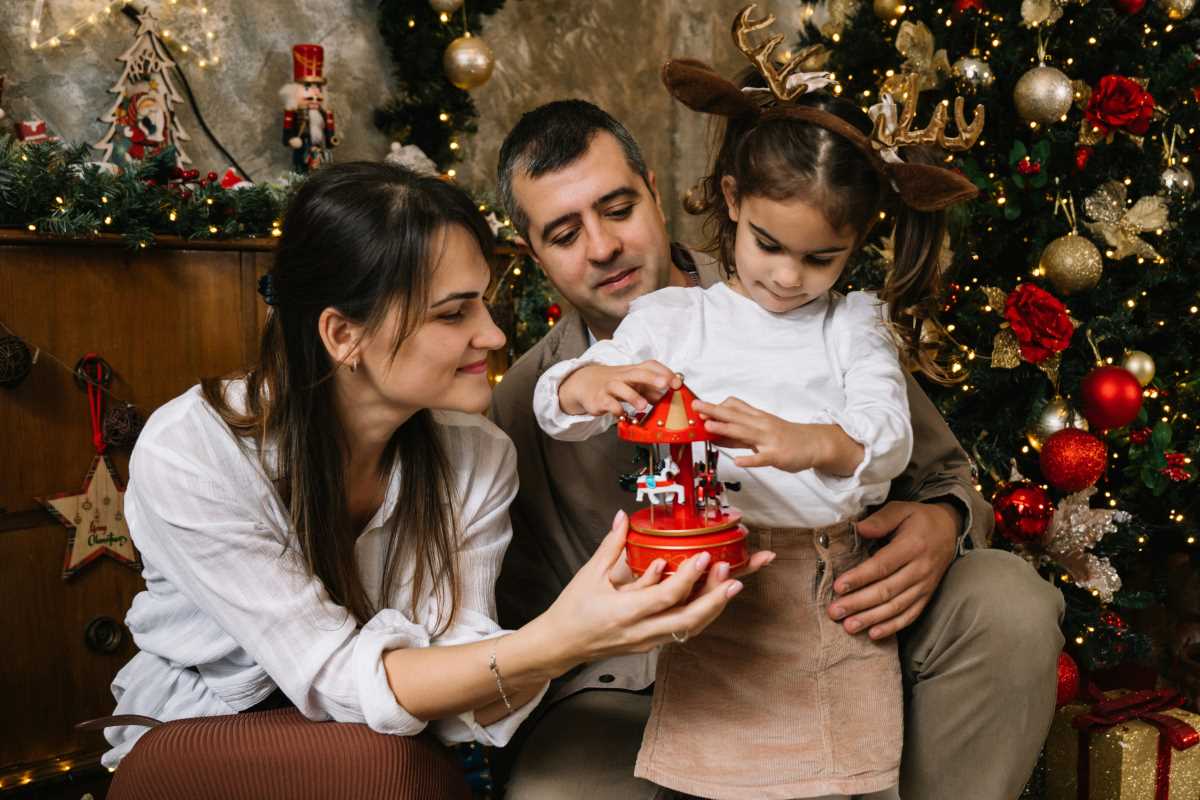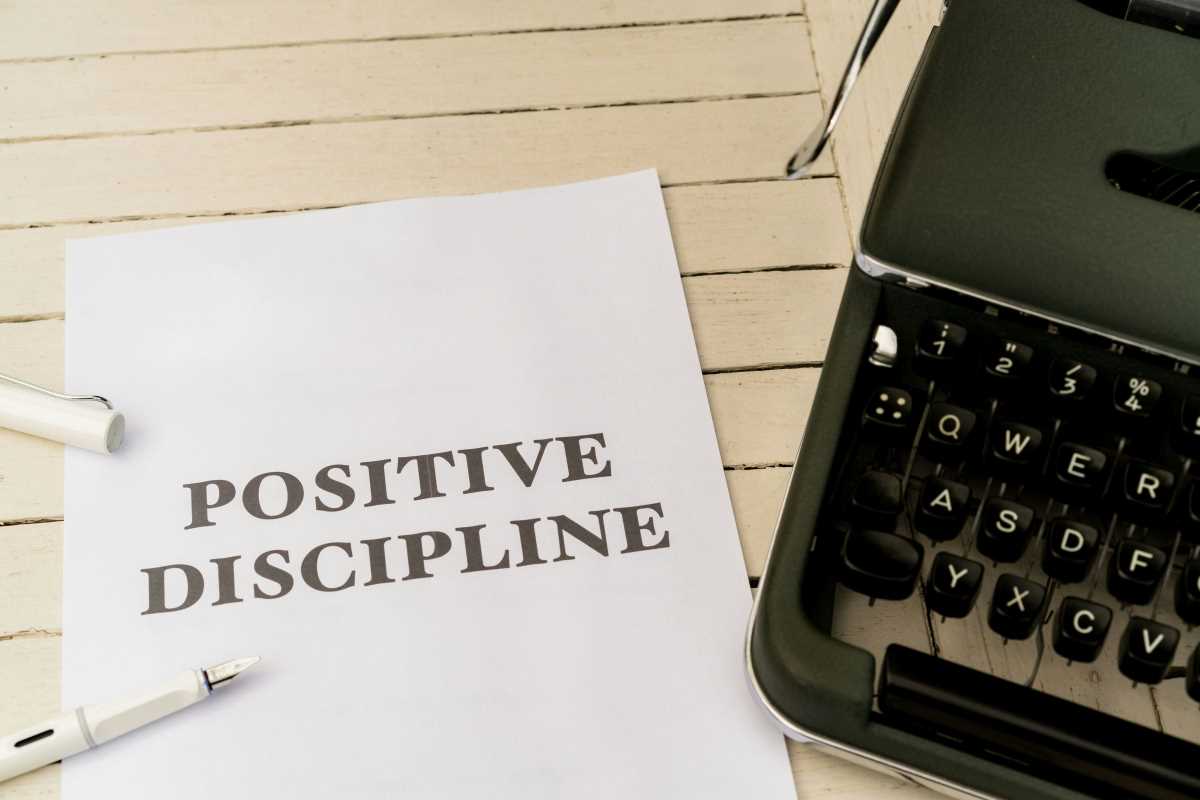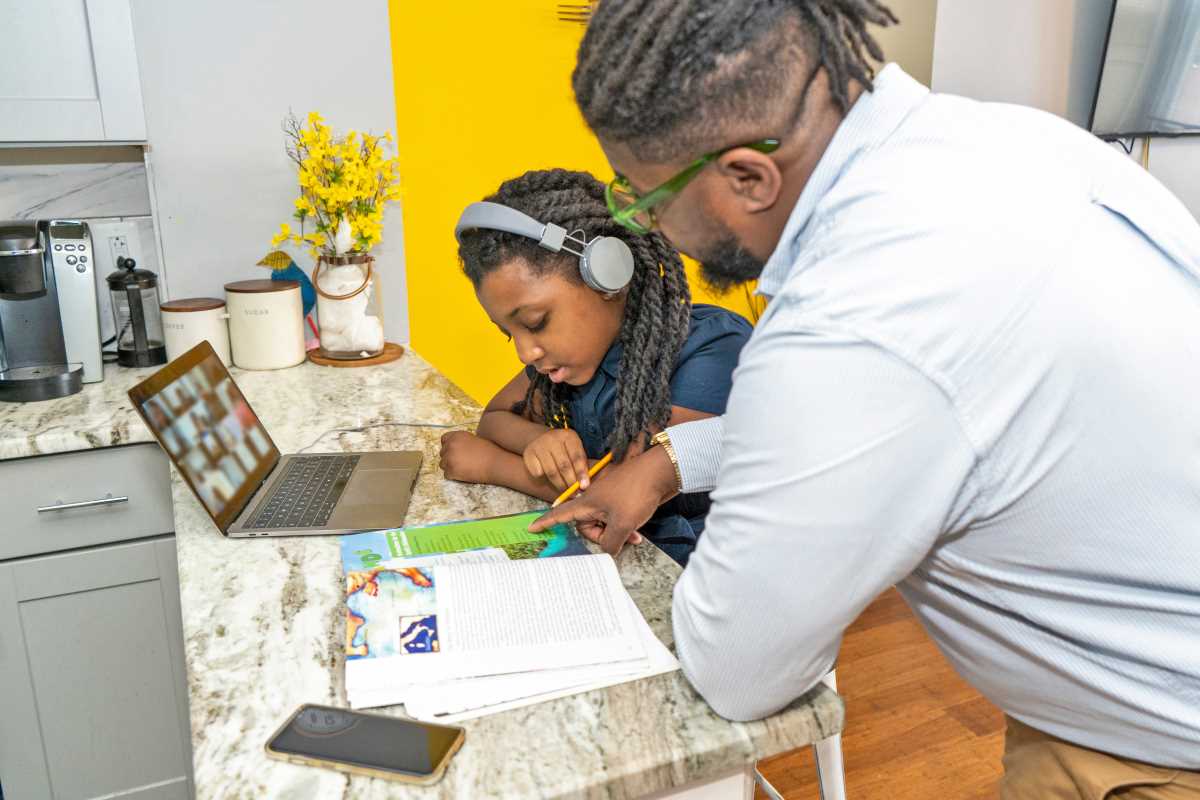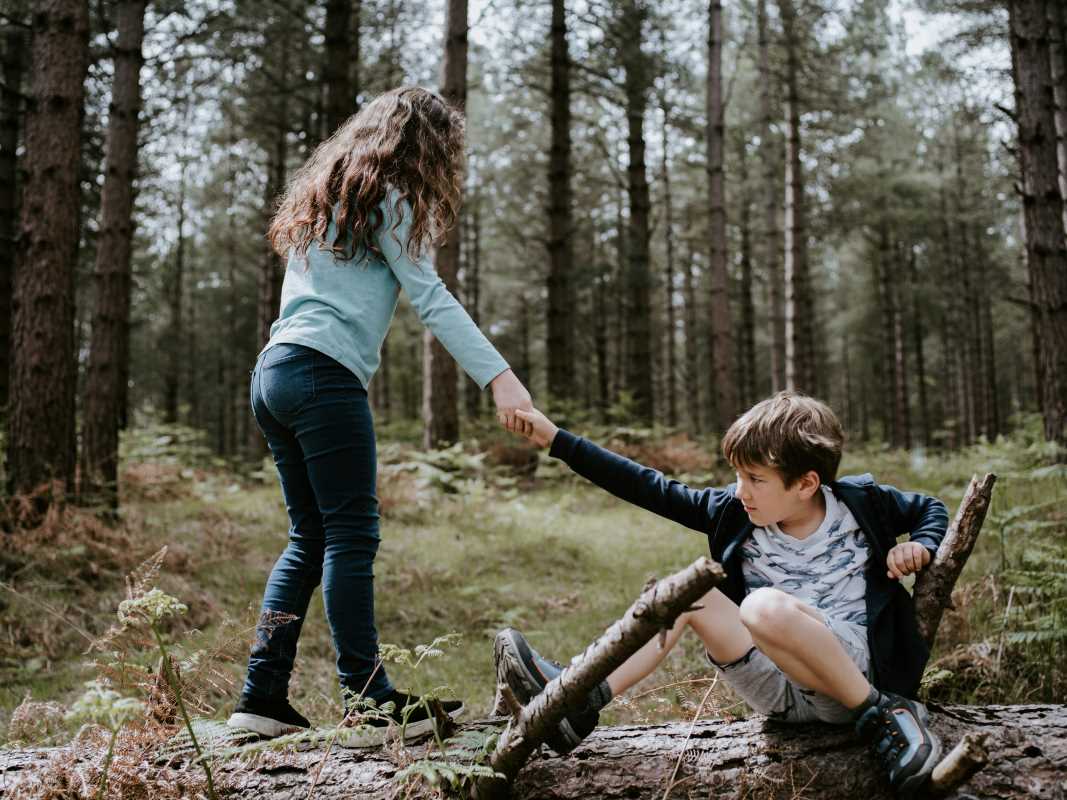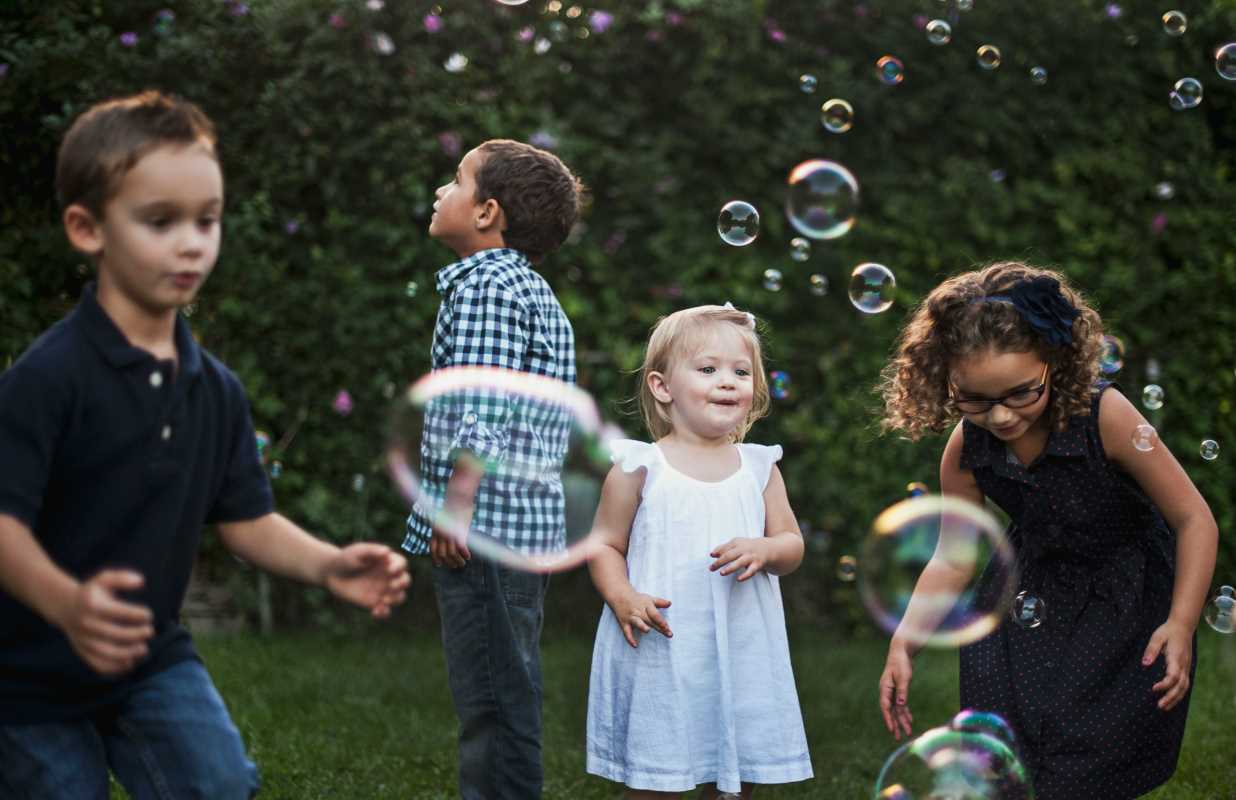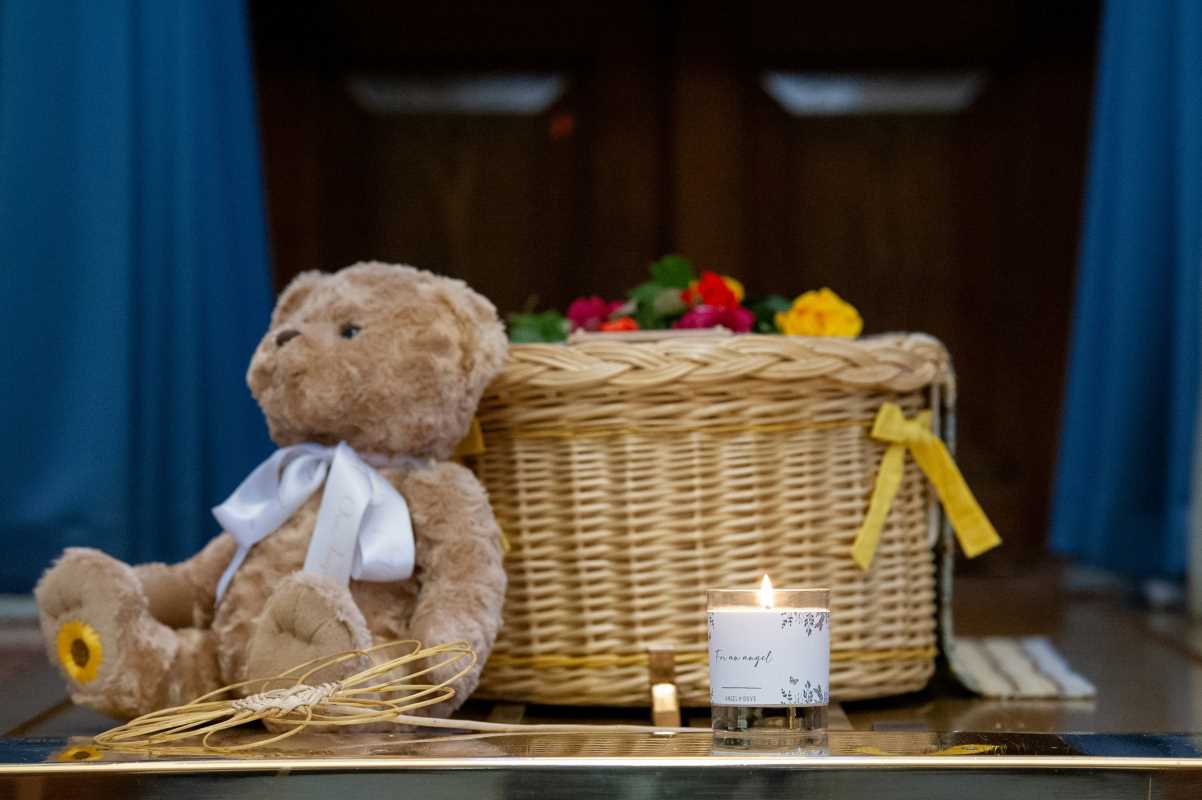There's a universal moment in parenting that feels a bit like defusing a tiny, very sticky bomb. It’s the moment you discover your freshly painted wall has been creatively redecorated with a purple crayon, and your small, angelic-looking child insists a ghost did it. Your goal is simple: you want them to admit they did it, understand it was wrong, and help clean it up. But the path to that goal is a minefield. Go in too hard, and you trigger a shame-fueled meltdown. Go in too soft, and you risk teaching them that "a ghost did it" is a perfectly acceptable life strategy.
Teaching accountability is one of the trickiest balancing acts in the parenting playbook. We want to raise responsible humans who own their mistakes, but we often default to tools that are more about punishment and guilt than about genuine learning. Shame is a powerful, and damaging, motivator. It makes kids want to hide, lie, and blame others rather than face the consequences of their actions. The good news is, you can teach accountability without it. It’s about shifting your approach from "Who did this bad thing?" to "Okay, a mistake was made. How do we fix it together?" This method builds character, resilience, and self-worth, not a deep-seated fear of messing up.
Separate the Deed from the Doer
One of the most powerful things you can do to teach accountability is to separate the child’s action from their identity. When a child spills milk, our exasperated reflex might be to say, "You are so clumsy!" or "Why are you always making a mess?" This language fuses the mistake with their sense of self. The message they hear is not "I did a clumsy thing," but "I am clumsy." This is where shame plants its roots. The child starts to believe they are inherently "bad," "messy," or "careless," which is a heavy burden for a small person to carry and does nothing to encourage better behavior.
Instead, focus your language on the action and the outcome. "The milk spilled" is a neutral observation of fact. It removes blame and judgment from the equation. From there, you can move directly into problem-solving mode: "The milk spilled. What do we need to do now?" This approach keeps their self-worth intact. It communicates that making a mistake is a normal, fixable event, not a character flaw. They learn that their actions have consequences (a puddle of milk on the floor) but that those consequences are manageable and don't diminish their value as a person. It’s a simple shift in language that makes a world of difference.
Focus on Solutions, Not Punishments
When a mistake happens, our instinct is often to impose a punishment. You broke the toy, so now you can't play with it. You made a mess, so now you have to go to your room. While consequences are necessary, a punishment-first approach often misses the point. It teaches kids to fear getting caught, not to understand the impact of their actions. The real goal of accountability is for a child to learn how to make things right. This is where focusing on solutions becomes a game-changer. It reframes the aftermath of a mistake as an opportunity for repair.
If your child draws on the wall, the logical solution isn't to take away their TV time for a week. The solution is to have them help clean the wall. This directly connects the action to the consequence in a meaningful way. If they hurt a sibling's feelings, the solution is not just a forced, mumbled "sorry," but a conversation about how they can help their sibling feel better. Can they get them their favorite toy? Can they give them a hug? This process teaches empathy and responsibility. It shows them that their actions have an impact on others and that they have the power to mend the harm they've caused.
Model It Yourself, Flaws and All
Children are professional hypocrite detectors. They have an uncanny ability to notice when our words don't align with our actions. You can deliver a thousand lectures on the importance of telling the truth, but if they see you lie to get out of a speeding ticket, that’s the lesson that will stick. The most effective way to teach accountability is to model it yourself, consistently and authentically. This means admitting when you're wrong, apologizing without excuses, and showing them how you make amends. This is, admittedly, not always easy. It requires a healthy dose of humility.
When you lose your temper and yell, don't just pretend it didn't happen. Circle back later when you're calm and say, "I'm sorry I raised my voice earlier. I was feeling frustrated, but it wasn't okay for me to yell at you. I'm going to work on handling my frustration better." This is incredibly powerful. You're showing them that everyone makes mistakes, even adults. You're demonstrating that apologizing isn't a sign of weakness but of strength. And you're modeling the exact process you want them to follow: own the action, acknowledge the impact, and commit to doing better next time.
A Practical Framework for Mistakes
When a mistake happens, it helps to have a simple, repeatable process to fall back on. This provides structure and predictability, which helps children feel safe even when they've messed up. Instead of reacting emotionally, you can calmly initiate a sequence that guides them toward accountability without shame. This framework can be adapted for any age and almost any situation, from a spilled drink to a broken rule.
Creating a go-to script helps you stay calm and focused on the goal, which is teaching, not shaming. The key is to maintain a supportive, collaborative tone throughout the process.
- Acknowledge the situation calmly: "I see there's water all over the bathroom floor."
- Invite their perspective without accusation: "Can you tell me what happened?"
- Empathize with their feeling or intent (if appropriate): "It sounds like you were having a lot of fun splashing in the tub."
- State the problem clearly and neutrally: "The problem is, the water can damage the floor and make it slippery and dangerous."
- Brainstorm solutions together: "What can we do to solve this problem now? And what can we do to make sure it doesn't happen next time?"
- Work on the solution as a team: "Let's get some towels and work together to get this cleaned up."
Cultivate a Growth Mindset
Ultimately, teaching accountability without shame is about fostering a growth mindset in your family culture. A growth mindset is the belief that abilities and intelligence can be developed through dedication and hard work. A "fixed mindset," on the other hand, assumes that character and talent are static. When a child with a fixed mindset makes a mistake, they see it as evidence that they are a failure. When a child with a growth mindset makes a mistake, they see it as an opportunity to learn and improve.
Celebrate effort, not just outcomes. Praise their hard work on a project, regardless of the final grade. When they struggle with something, frame it as "You haven't figured it out yet." When they fail, talk about what they learned from the experience. By doing this, you teach them that mistakes are not the end of the world; they are simply part of the learning process. You're creating an environment where it's safe to try, to fail, and to try again. This resilience is the bedrock of true accountability, allowing kids to own their mistakes confidently, knowing that every stumble is just a step on the path to becoming a more capable and responsible person.
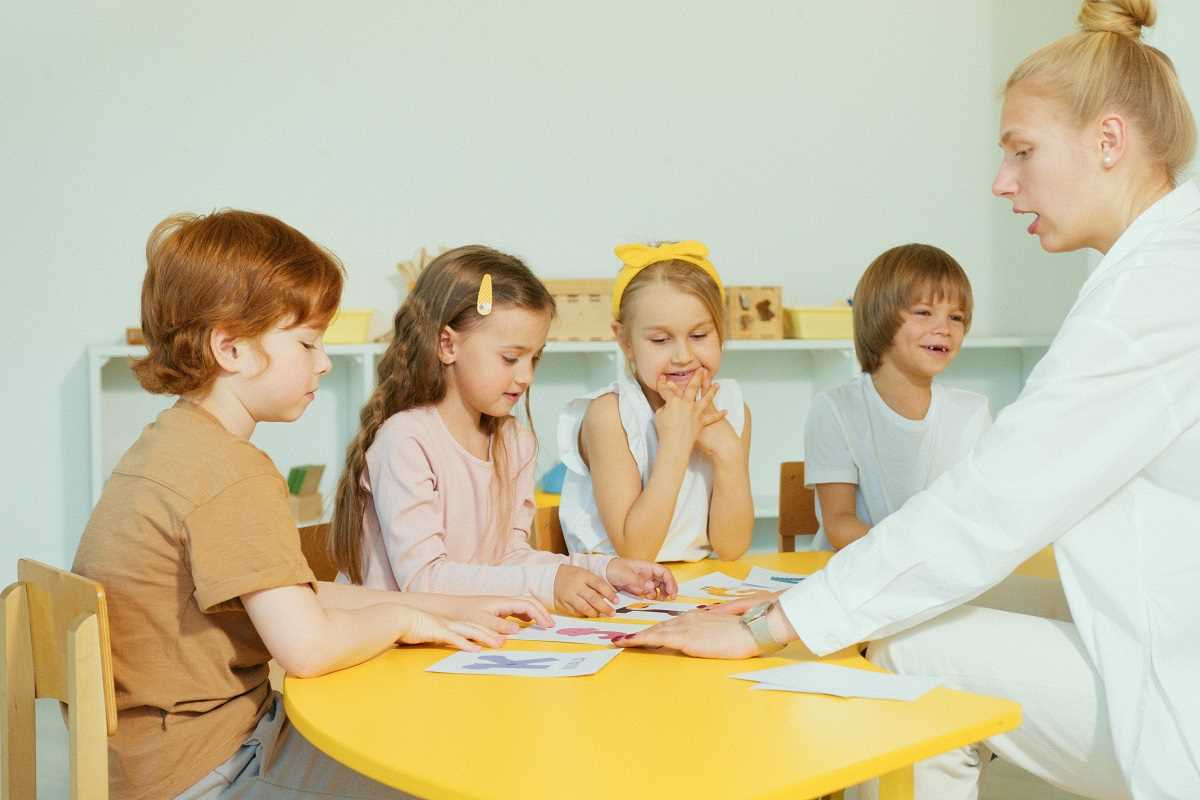 (Image via
(Image via